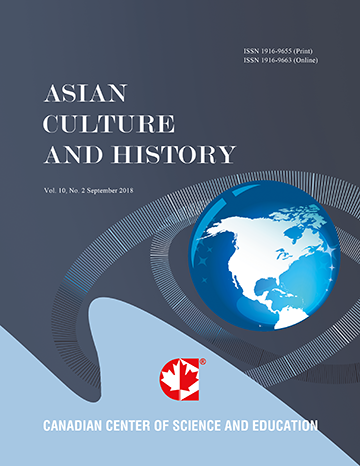Evolution of Residential Building in Iran based on Organization of space
- Mazdak Irani
- Peter Armstrong
- Amir Rastegar
Abstract
Iranian architecture and urbanism have developed in a historical process based on the different needs of people. The evolution of traditional Iranian architecture and urbanism may be characterized by eight factors: introversion, spatial organization, function of different parts, lifestyle, construction method, communication between houses, climatic conditions, and relationship with nature. In the recent decades, however, Iranian architecture and urbanism have faced a blind imitation of foreign cultures. The majority of modern buildings do not reflect the national identity of Iranian people. This paper investigates the architectural and urban transformation in Iran based on the rearrangement of building spaces. In doing so, the paper explores the development process of major interior and exterior elements such as public entrances, private entrances, kitchens, rooms, yards and open spaces. As a conclusion, while traditional Iranian architecture attempts to preserve the national identity and meet the different needs of Iranian people, the modern architecture is a blind imitation of western cultures.
- Full Text:
 PDF
PDF
- DOI:10.5539/ach.v9n2p46
Journal Metrics
Google-based Impact Factor (2017): 5.42
h-index (January 2018): 11
i10-index (January 2018): 21
h5-index (January 2018): 6
h5-median (January 2018): 9
Index
- Academic Journals Database
- CNKI Scholar
- COPAC
- EconPapers
- Elektronische Zeitschriftenbibliothek (EZB)
- Excellence in Research for Australia (ERA)
- Genamics JournalSeek
- Google Scholar
- Infotrieve
- LOCKSS
- MIAR
- NewJour
- Open J-Gate
- PKP Open Archives Harvester
- Publons
- RePEc
- Scilit
- SHERPA/RoMEO
- Standard Periodical Directory
- Technische Informationsbibliothek (TIB)
- The Keepers Registry
- Universe Digital Library
- WorldCat
Contact
- Ivan YongEditorial Assistant
- ach@ccsenet.org
